Andrew Biffen planted 5.7ha (14ac) on the flat in early May on ground used in an arable rotation. The cows went on in November and came off in early February into the shed for calving.
They didn’t eat all the fodder beet, with around 2ha left. Around 1.2ha (3ac) of fodder beet has been lifted, costing about £25/acre. These beets have been fed with straw and silage to housed cows.
A final 0.8ha (2ac) will be used to feed 60 cows and in-calf heifers later in spring along with silage and straw.
The variety was Banger and the crop cost £647/ha (£261/ac) to establish.

Cows were fed a ration of silage and straw with fodder beat
Fodder beet is a good-yielding feed with high levels of sugars in the root and protein in the tops. However, to achieve a successful crop, increased inputs are needed along with effective weed control.
Expense
The key difference between growing swedes and fodder beet was the crop was more expensive due to a lot of fertiliser (£180/ha), pricier seed (£170/t) and more spraying (£111/ha) plus Ag salt (£24/ha).
It was hoped it would measure a yield of 19.8 tDM/ha for the roots or 23.4tDM/ha if you included the tops.
Adjusting for a 85% utilisation, this would bring the figures down to 16.8tDM/ha and 19.9tDM/ha respectively.
I am really pleased with my fodder beet, it has been this winter’s biggest success
The budgeted cost for the feed was £39/tDM if just the roots were eaten, but due to the mild winter much of the tops were still on the plants making the cost closer to £33/tDM.
“I am really pleased with my fodder beet, it has been this winter’s biggest success,” said Andrew.

The tops of the fodder beat have 15-20% protein whilst the roots have 6%.
“I had 40 cows from early November to the first days of February. We put the fattest cows out to the field. They would have been body condition score from 3.5 to 4. The 40 cattle also got five bales of silage on average per week. This amounted to around 100 bales over the whole time.”
Fodder beet shouldn’t be fed exclusively and should not make up more than 70% of the daily dry matter intake.
Cost
The fodder beet in the field was costing around £33/tDM and each cow was eating around 9kg DM, making the cost per day per cow 30p.
In addition, the cows got silage which was costing around £100/tDM, with 4kg DM/cow/day.
This equated to 40p of silage per cow per day, so in total cows were being outwintered in the three months before calving for 70p per cow per day plus minerals.
Plant after the last frost.White-rooted varieties offer higher dry matter but are better for lifting. Yellow-rooted plants have a lower dry matter but are softer and stick further out of the ground, making them easier for livestock to eat. Those which are the white-rooted variety tend to be better suited for harvesting.Those which are the colour-rooted variety are lower in dry matter and are softer for livestock to eat, also the roots tend to sit further out of the ground, making them ideal for feeding in-situ.Animals will need silage, straw or hay to amount to at least 30% of their diet.Plus the roots are low in protein so may need additional supplementing.
Andrew Biffen planted 5.7ha (14ac) on the flat in early May on ground used in an arable rotation. The cows went on in November and came off in early February into the shed for calving.
They didn’t eat all the fodder beet, with around 2ha left. Around 1.2ha (3ac) of fodder beet has been lifted, costing about £25/acre. These beets have been fed with straw and silage to housed cows.
A final 0.8ha (2ac) will be used to feed 60 cows and in-calf heifers later in spring along with silage and straw.
The variety was Banger and the crop cost £647/ha (£261/ac) to establish.

Cows were fed a ration of silage and straw with fodder beat
Fodder beet is a good-yielding feed with high levels of sugars in the root and protein in the tops. However, to achieve a successful crop, increased inputs are needed along with effective weed control.
Expense
The key difference between growing swedes and fodder beet was the crop was more expensive due to a lot of fertiliser (£180/ha), pricier seed (£170/t) and more spraying (£111/ha) plus Ag salt (£24/ha).
It was hoped it would measure a yield of 19.8 tDM/ha for the roots or 23.4tDM/ha if you included the tops.
Adjusting for a 85% utilisation, this would bring the figures down to 16.8tDM/ha and 19.9tDM/ha respectively.
I am really pleased with my fodder beet, it has been this winter’s biggest success
The budgeted cost for the feed was £39/tDM if just the roots were eaten, but due to the mild winter much of the tops were still on the plants making the cost closer to £33/tDM.
“I am really pleased with my fodder beet, it has been this winter’s biggest success,” said Andrew.

The tops of the fodder beat have 15-20% protein whilst the roots have 6%.
“I had 40 cows from early November to the first days of February. We put the fattest cows out to the field. They would have been body condition score from 3.5 to 4. The 40 cattle also got five bales of silage on average per week. This amounted to around 100 bales over the whole time.”
Fodder beet shouldn’t be fed exclusively and should not make up more than 70% of the daily dry matter intake.
Cost
The fodder beet in the field was costing around £33/tDM and each cow was eating around 9kg DM, making the cost per day per cow 30p.
In addition, the cows got silage which was costing around £100/tDM, with 4kg DM/cow/day.
This equated to 40p of silage per cow per day, so in total cows were being outwintered in the three months before calving for 70p per cow per day plus minerals.
Plant after the last frost.White-rooted varieties offer higher dry matter but are better for lifting. Yellow-rooted plants have a lower dry matter but are softer and stick further out of the ground, making them easier for livestock to eat. Those which are the white-rooted variety tend to be better suited for harvesting.Those which are the colour-rooted variety are lower in dry matter and are softer for livestock to eat, also the roots tend to sit further out of the ground, making them ideal for feeding in-situ.Animals will need silage, straw or hay to amount to at least 30% of their diet.Plus the roots are low in protein so may need additional supplementing. 





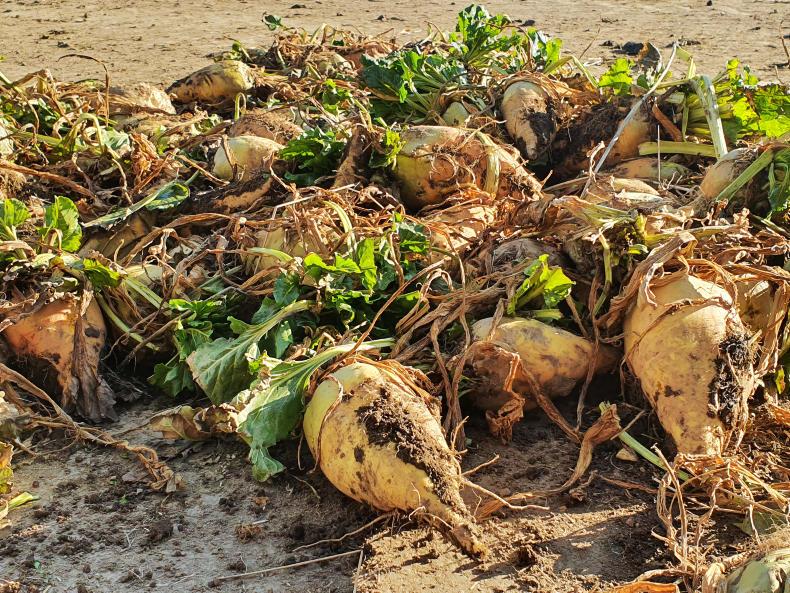
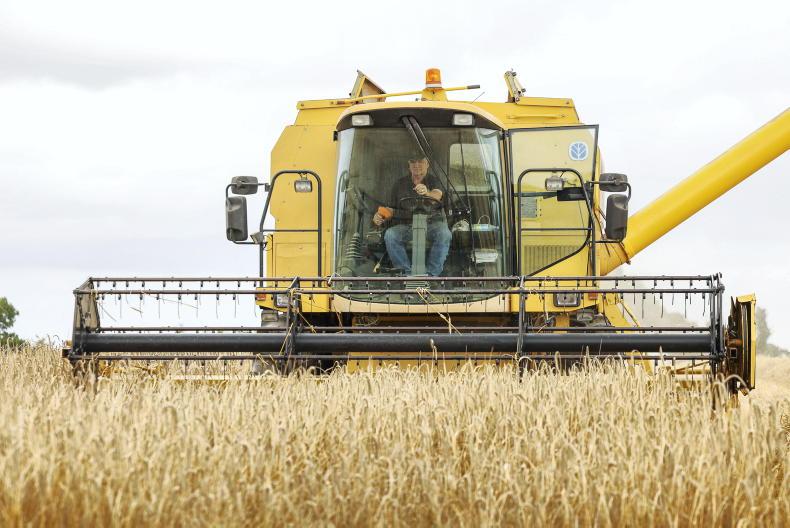

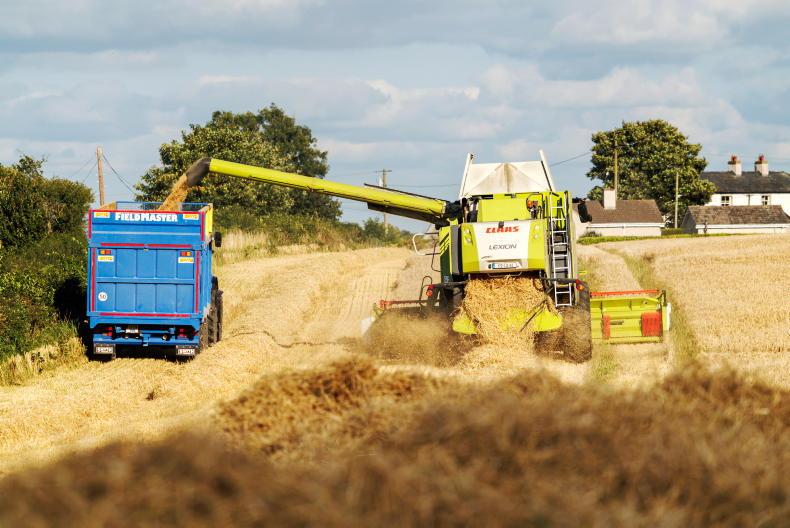
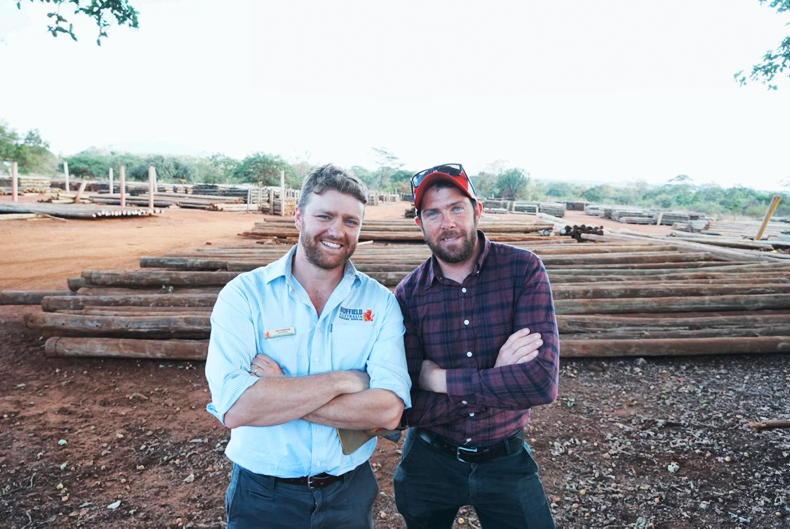
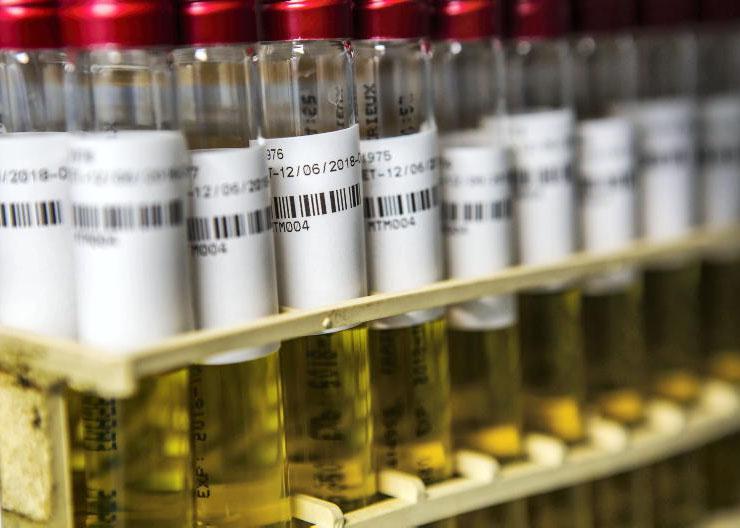
SHARING OPTIONS